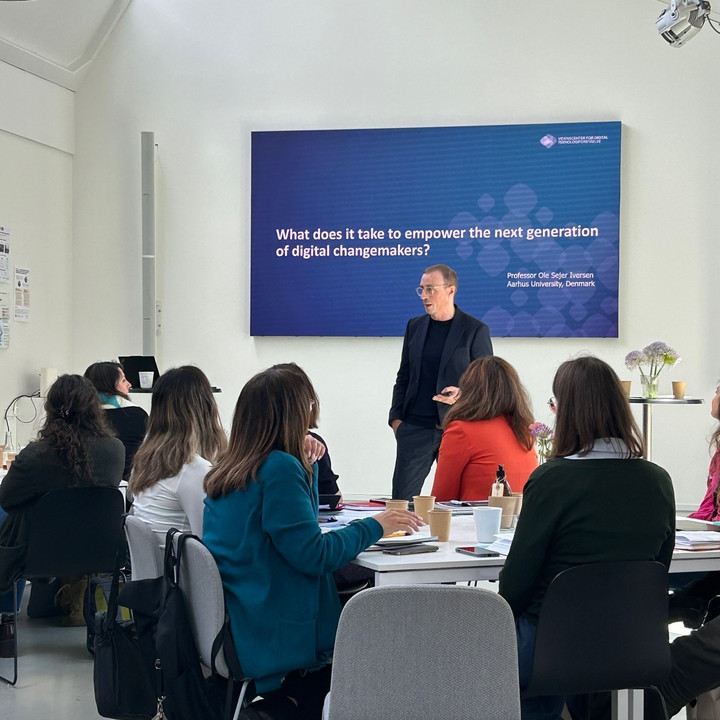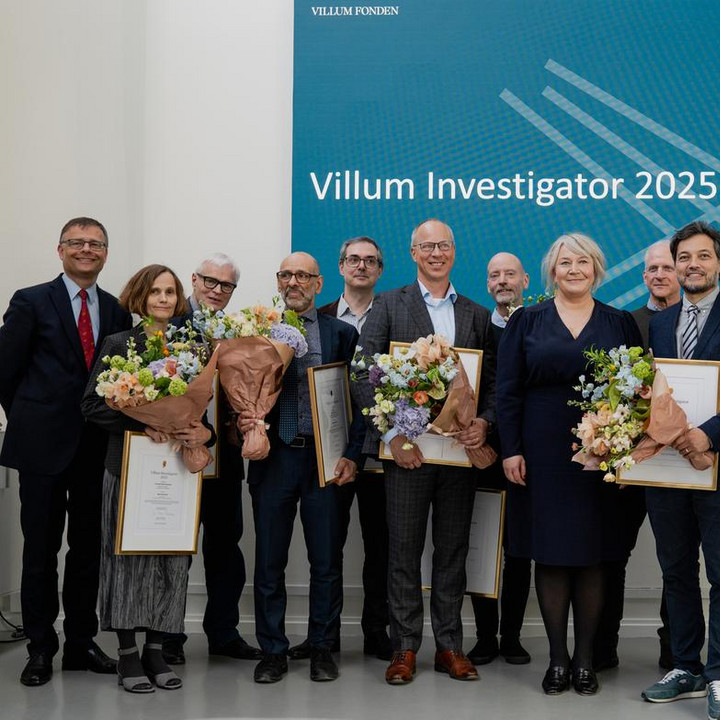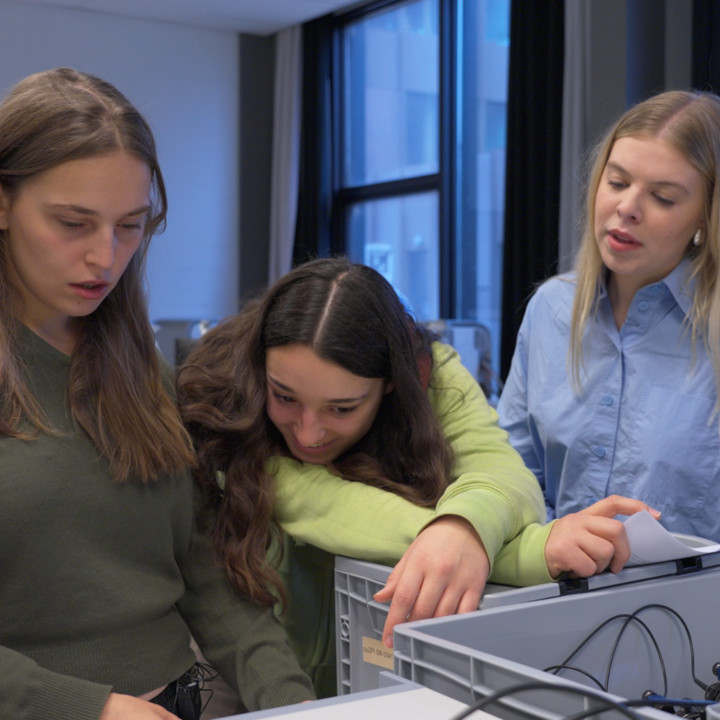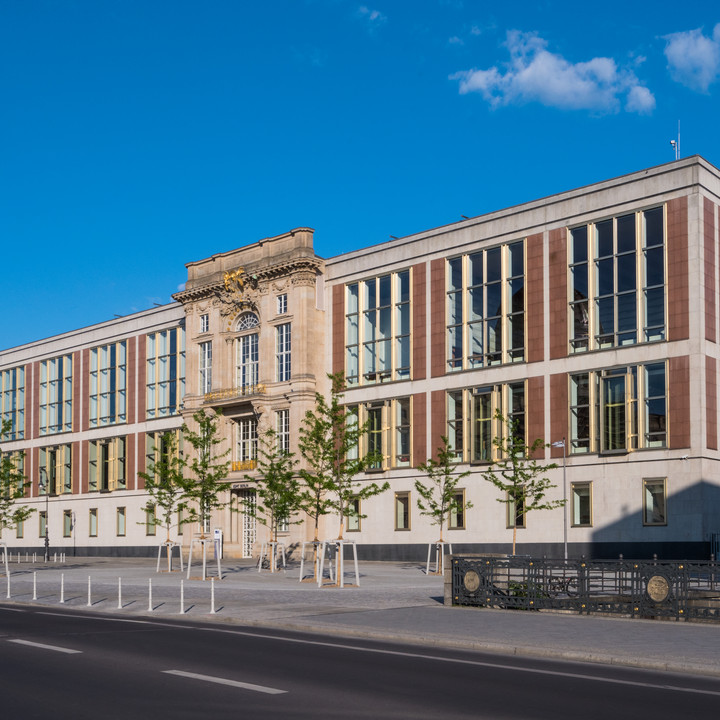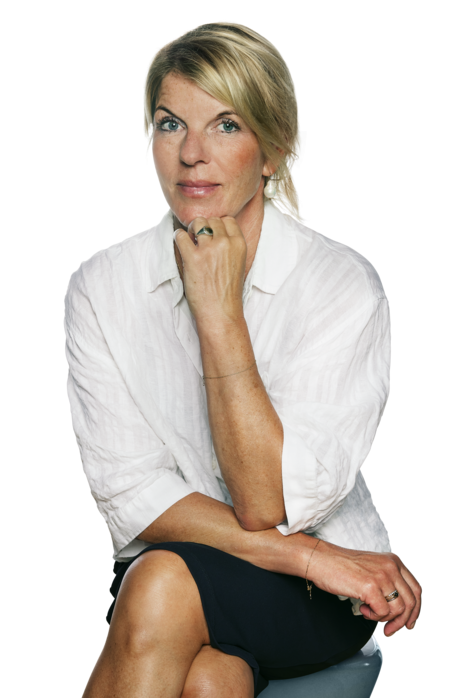Amber collection of scientific value
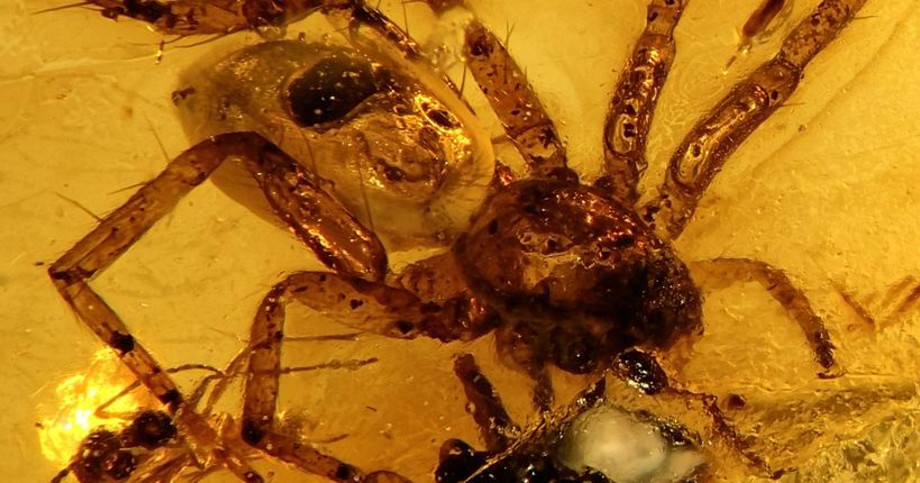
12.08.19 I Latest news
The Natural History Museum of Denmark, University of Copenhagen, has acquired one of the world's largest private collections of Baltic amber. VILLUM FONDEN, Augustinus Fonden and Knud Højgaards Fond have funded the acquisition.
The amber collection, which consists of 60,000 pieces of amber, has been built up over 40 years by the former owner, Karin Nordmann Ernst. The collection is of significant scientific value as the pieces contain insect fossils and other biological material, e.g. parts of plants and species not previously described by researchers.
“The animals that were trapped and thus preserved in the amber constitute a partially representative sample of unique insect fauna at that time,“ says associate professor and curator Lars Vilhelmsen, the Natural History Museum of Denmark.
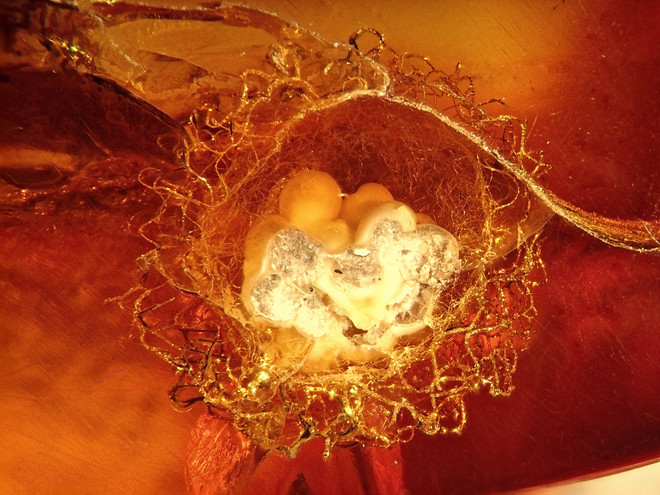
"The ambition is to not only find new species, but also to gain larger insight into the evolution of the various groups of organisms. With the large amount of material now available to researchers, it will also be possible to carry out quantitative studies on the fauna composition of the ecosystem that the ravine insects belonged to. This will help to illuminate the structure of the ecosystem then and climate change over the last 30-40 million years."
Baltic amber was created approx. 35-40 million years ago in widespread forests that covered much of present-day northern Scandinavia. Over time, insects and other biological material were trapped in the resin of the trees - presumably a form of pine trees. As the resin subsequently solidified and became amber - a process that has taken several millions of years - we are now able to admire and study these encapsulated animals of the past.
Thorough effort to sort and record the amber pieces
In addition to the acquisition of the collection, the foundations have also funded a two-year assistant position, which allows registration of the amber collection and integration into the existing collection of the Museum.
Since New Year, a newly hired assistant has therefore been busy sorting and repackaging the amber. Each piece must have a unique reference number and be carefully packaged to be stored in the best way possible for future use.
More than 10,000 pieces are completed
In six months, more than 10,000 pieces have been registered and integrated into the Museum's collection.
Sorting and determining the many species happens in sessions where the museum's staff, students and volunteers review 400-500 pieces over an afternoon. So far, mainly flies and mosquitoes have been found, but occasionally also more spectacular insects, such as nymphs, night flies and even a very beautiful cicada.
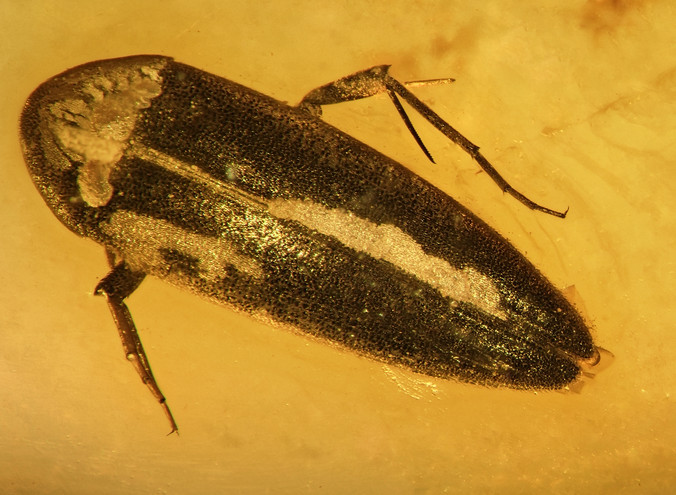
For further information:
Associate professor and curator Lars Vilhelmsen, the Natural History Museum of Denmark, +45 35 32 11 10.
